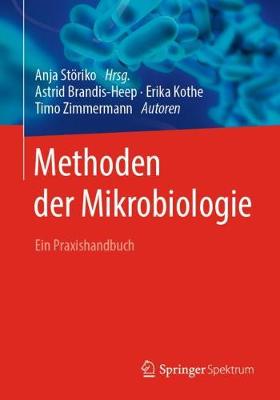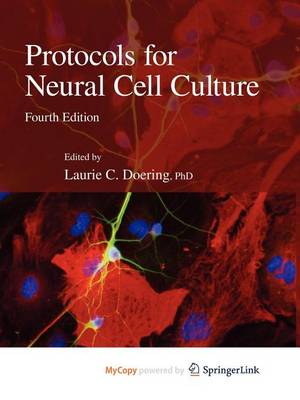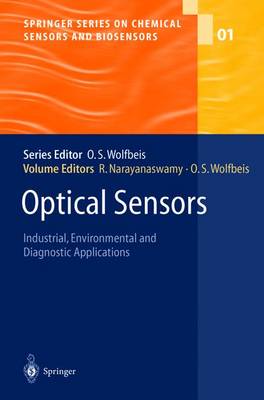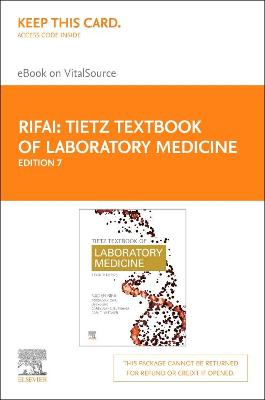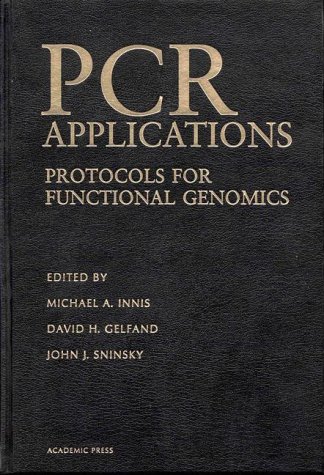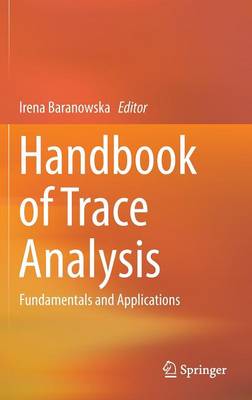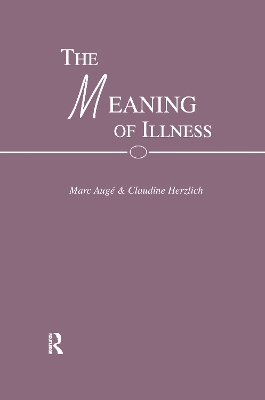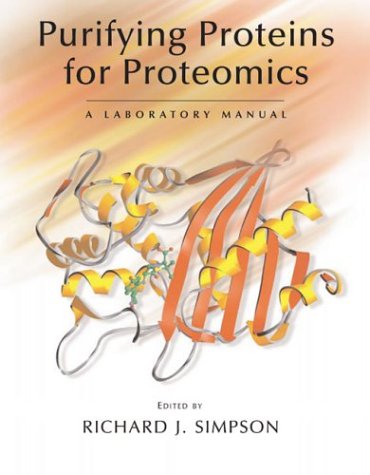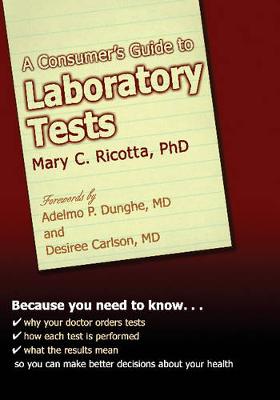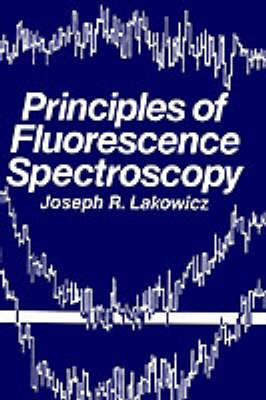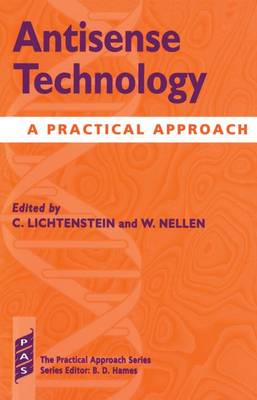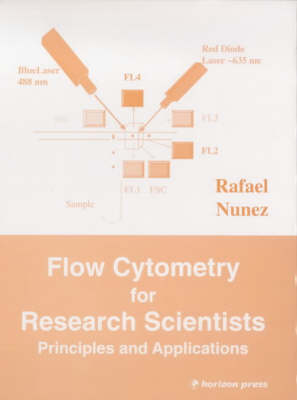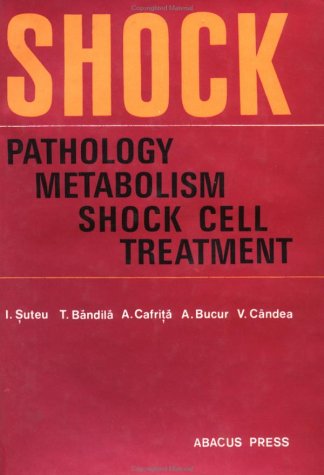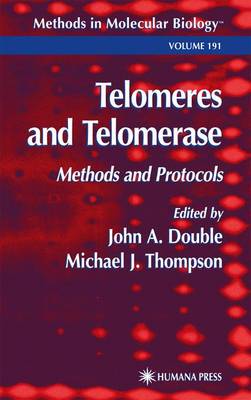Methoden Der Mikrobiologie
by Astrid Brandis-Heep, Erika Kothe, and Timo Zimmermann
Since the conception of this acclaimed series of volumes examining neural tissue culture, the expansion of neuroscience has continued to produce vital discoveries that utilize tissue culture methodologies. The expert contributors to the fourth edition of Protocols for Neural Cell Culture refine existing protocols and present the emerging new techniques and culture media formulations linked with the many advances in neuroscience. While highlighting updated experimental procedures for many of the...
Optical Sensors (Springer Series on Chemical Sensors and Biosensors, #1)
This interesting book covers latest aspects of a highly sophisticated technology; results treated in critical detail; demonstrates applicability of this technology to practical problems in process control, biochip methods, clinical analysis, environmental sciences
Practical Guide to Safety in Tissue Culture
There has been a growing awareness in recent years of the need for safe and regulated handling of biological materials in order to prevent health hazards and environmental contamination. By providing practical information for the routine handling of cell and tissue culture, this work discusses guidelines on the setting up of safe laboratory practice and details of the national and international regulations covering the safe handling of biological materials. The book should be useful reading for...
Tietz Textbook of Laboratory Medicine - Elsevier eBook on Vitalsource (Retail Access Card)
by Nader Rifai
Intracellular signal transduction, regulation of cellular activities, tumor formation, apoptosis - how do they work? These questions have become a central topic in Biology and Biological Chemistry. The importance of this field is mirrored in the 1999 Nobel price for Physiology that went to G. Blobel for his findings in protein transport regulation. Over the last decade there has been great progress in the understanding of the molecular basis of signal transduction, and many facts are now basic k...
PCR Methods Manual
The Protein Protocols Handbook (Methods in Molecular Biology)
by Anthony Walker
A remarkable treasury of 144 state-of-the-art and highly successful analytical techniques for studying proteins and peptides. John Walker has included many updated and improved methods from his best-selling Basic Protein and Peptide Protocols as well as adding nearly 100 new ones. Each tried-and-tested protocol contains detailed, step-by-step instructions, time-saving troubleshooting tips, alternative procedures, informative explanations, and comprehensive lists of reagents and suppliers - aids...
This volume provides complete and thorough coverage of the classical and state-of-the-art methods used in cell culture. It also includes basic principles used in the selection of cells for specific scientific study, as well as analytical and procedural techniques.
Amino Acids in Farm Animal Nutrition
As the building blocks for proteins, dietary amino acids are of great importance in the feeding of farm animals produced for human consumption. Written by leading authorities from the US, UK, Australia and New Zealand, this book provides a comprehensive review of recent advances and current knowledge of amino acids in farm animal nutrition. The first five chapters consider general issues, such as methodologies for amino acid analysis, utilization of precursors, ideal amino acid patterns and amin...
Handbook of Trace Analysis
This handbook is unique in its comprehensive coverage of the subject and focus on practical applications in diverse fields. It includes methods for sample preparation, the role of certified reference materials, calibration methods and statistical evaluation of the results. Problems concerning inorganic and bioinorganic speciation analysis, as well as special aspects such as trace analysis of noble metals, radionuclides and volatile organic compounds are also discussed. A significant part of the...
The Meaning of Illness
This book is based on collective research carried out during the 1980s. This edition appears ten years after the original publication in French. Since then we have experienced many changes. In the late decade, disciplines have changed, as have the societies being researched. The outbreak of AIDS in Africa and the industrial world is not the least of these major and influential changes. The reader today will be sensitive to these changes and this research maintains its value as an intellectual en...
Clinical Chemistry: Principles, Techniques, and Correlations
by Michael Bishop, Edward Fody, and Michelle Moy
Clinical Chemistry: Principles, Techniques, and Correlations, Ninth Edition is the most student-friendly clinical chemistry text available today. The Ninth Edition keeps students at the forefront of what continues to be one of the most rapidly advancing areas of laboratory medicine with clear explanations that balance analytic principles, techniques, and correlation of results with coverage of disease states. The book not only demonstrates the how of clinical testing, but also the what, why, and...
When a physician recommends that you undergo a clinical test, most people wonder why they need the test and what the results may say about their health. This informative, accessible, layperson's guide to laboratory tests helps you to understand the many kinds of tests that are performed, exactly what is being tested, and, most importantly, what the results mean. Experienced clinical laboratory scientist Mary C. Ricotta, Ph.D., explains the importance of lab tests in the overall evaluation of h...
Principles of Fluorescence Spectroscopy
Fluorescence methods are being used increasingly in biochemical, medical, and chemical research. This is because of the inherent sensitivity of this technique. and the favorable time scale of the phenomenon of fluorescence. 8 Fluorescence emission occurs about 10- sec (10 nsec) after light absorp tion. During this period of time a wide range of molecular processes can occur, and these can effect the spectral characteristics of the fluorescent compound. This combination of sensitivity and a favor...
Antisense Technologies (Practical Approach, #185)
Antisense technology is a powerful procedure that permits the controlled silencing of a specific gene for investigations of mRNA and protein function. This valuable text provides proven step-by-step protocols for antisense techniques in a range of different organisms and cell culture systems. In addition it discusses the potential benefits and problems for various antisense methods which complement gene knock-out experiments. The book includes antisense techniques such as: analysis of nucleic a...
Shock
Protein Purification Applications (Practical Approach, #245) (Practical Approach S.)
A companion volume to "Protein Purification Methods: A Practical Approach", this volume concentrates on the purification of proteins for specific purposes, and provides clear descriptions immediately useful in the laboratory. Specific applications include large-scale techniques (for industrial and biotechnological use), high quality purification (for medical uses) and procedures of interest to biochemists, physiologists and others investigating the structure of proteins.
Telomeres and Telomerase (Methods in Molecular Biology, #1587)
John A. Double and Michael J. Thompson have collected a critically important series of novel and essential techniques for studying telomeres and telomerase. These readily reproducible methods provide cutting-edge tools to identify, measure, and analyze telomeres, to determine telomerase expression at the RNA level, to determine telomerase activity, and to detect potential modifiers of this activity. The techniques for assaying telomerase activity range from standard radiological TRAP assays to n...
